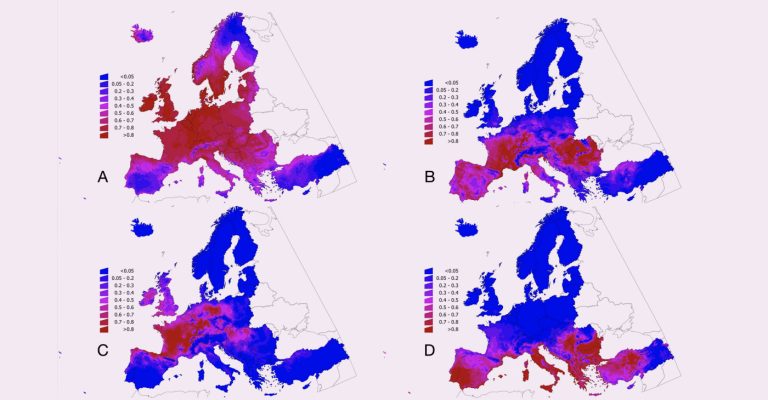Investigation of the genes involved in antigenic switching at the vlsE locus in Borrelia burgdorferi: an essential role for the RuvAB branch migrase.
Department of Biochemistry & Molecular Biology, The University of Calgary, Calgary, Alberta, Canada.
Abstract
Persistent infection by pathogenic organisms requires effective strategies for the defense of these organisms against the host immune response. A common strategy employed by many pathogens to escape immune recognition and clearance is to continually vary surface epitopes through recombinational shuffling of genetic information. Borrelia burgdorferi, a causative agent of Lyme borreliosis, encodes a surface-bound lipoprotein, VlsE. This protein is encoded by the vlsE locus carried at the right end of the linear plasmid lp28-1. Adjacent to the expression locus are 15 silent cassettes carrying information that is moved into the vlsE locus through segmental gene conversion events. The protein players and molecular mechanism of recombinational switching at vlsE have not been characterized. In this study, we analyzed the effect of the independent disruption of 17 genes that encode factors involved in DNA recombination, repair or replication on recombinational switching at the vlsE locus during murine infection. In Neisseria gonorrhoeae, 10 such genes have been implicated in recombinational switching at the pilE locus. Eight of these genes, including recA, are either absent from B. burgdorferi, or do not show an obvious requirement for switching at vlsE. The only genes that are required in both organisms are ruvA and ruvB, which encode subunits of a Holliday junction branch migrase. Disruption of these genes results in a dramatic decrease in vlsE recombination with a phenotype similar to that observed for lp28-1 or vls-minus spirochetes: productive infection at week 1 with clearance by day 21. In SCID mice, the persistence defect observed with ruvA and ruvB mutants was fully rescued as previously observed for vlsE-deficient B. burgdorferi. We report the requirement of the RuvAB branch migrase in recombinational switching at vlsE, the first essential factor to be identified in this process. These findings are supported by the independent work of Lin et al. in the accompanying article, who also found a requirement for the RuvAB branch migrase. Our results also indicate that the mechanism of switching at vlsE in B. burgdorferi is distinct from switching at pilE in N. gonorrhoeae, which is the only other organism analyzed genetically in detail. Finally, our findings suggest a unique mechanism for switching at vlsE and a role for currently unidentified B. burgdorferi proteins in this process.

